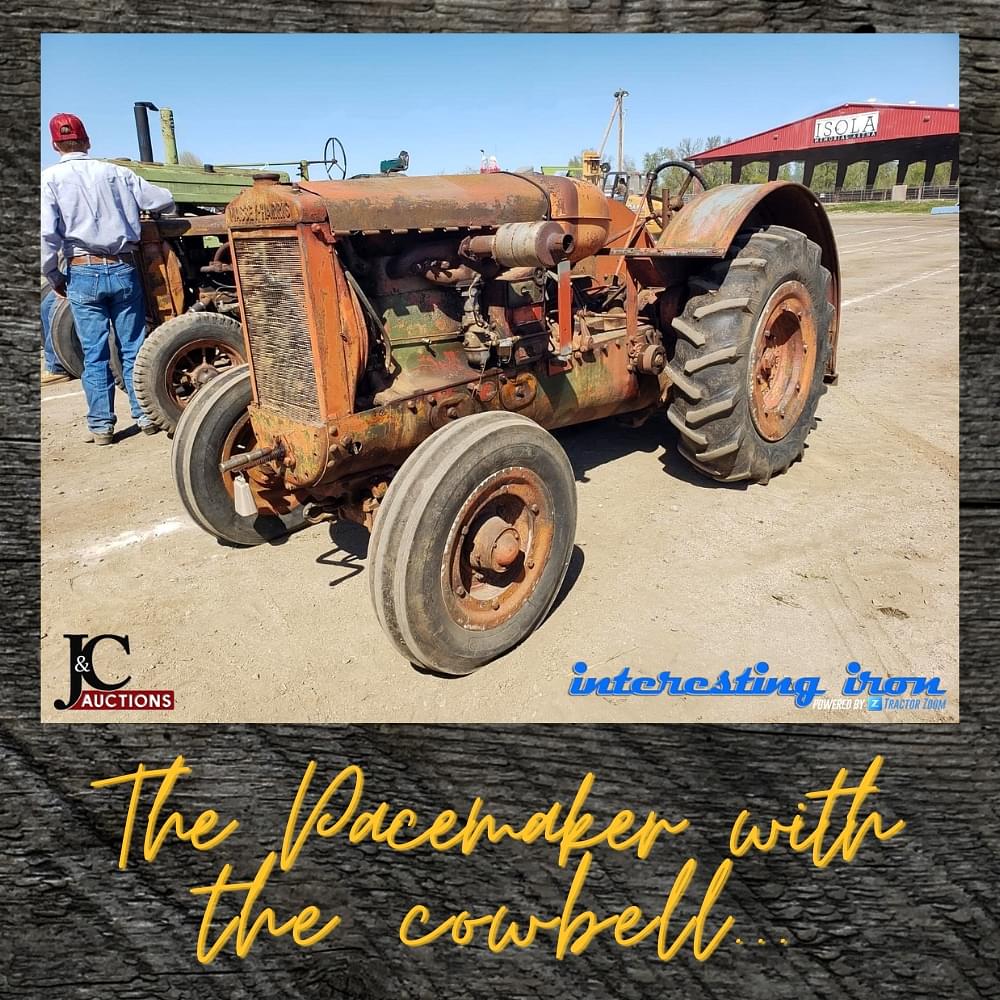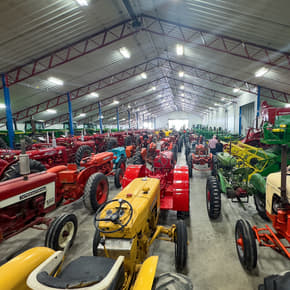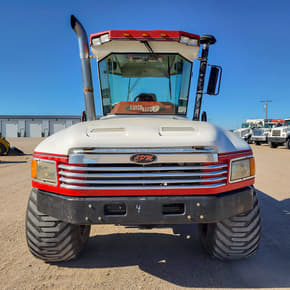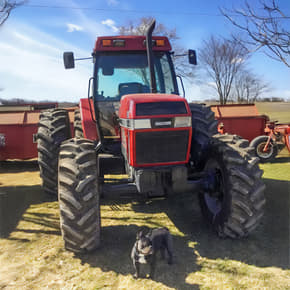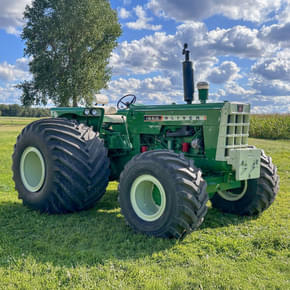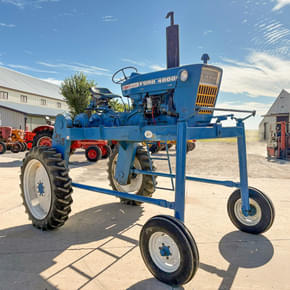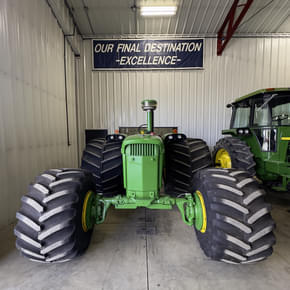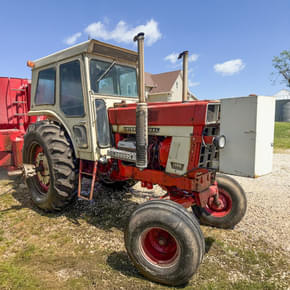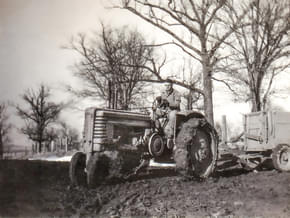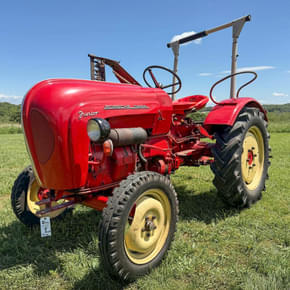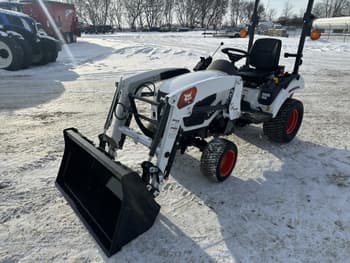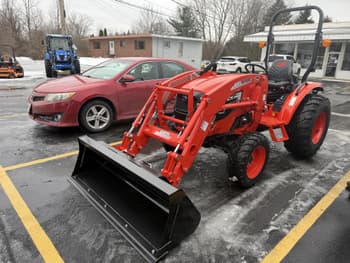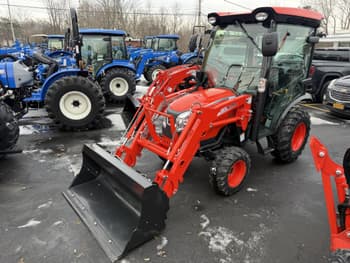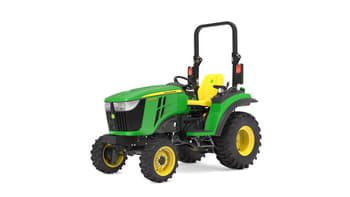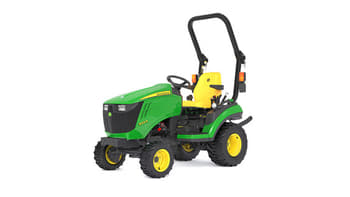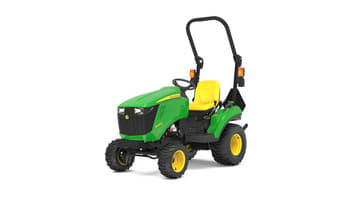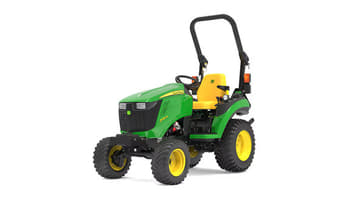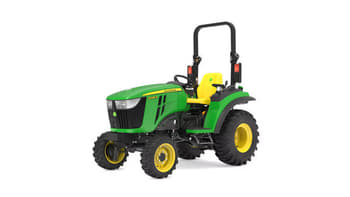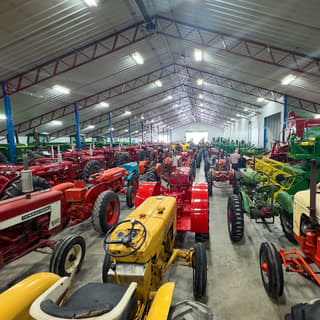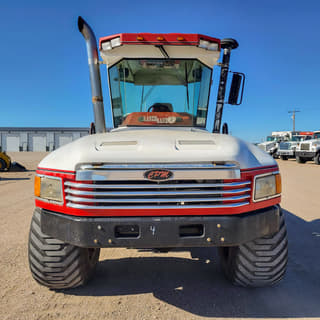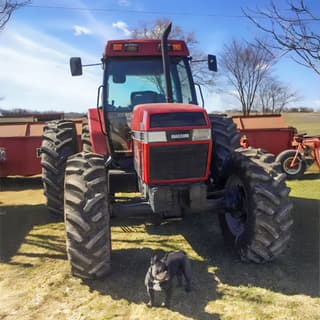See the auction details on this Oregon Massey-Harris Pacemaker.
The Massey-Harris Pacemaker isn’t super-rare. They’re not super-common, either. There were about 3,000 built over two(ish) years. They were a great little Depression-era farm tractor.
They’ve got an interesting history, though. The Pacemaker was a direct descendent of a pretty ground breaking tractor with ties to the Case family.
Sort of…
Wallis Tractor Co.
The Pacemaker’s bloodline began with a company called Wallis Tractor Co. Henry Wallis was Jerome Increase Case’s son-in-law, and he started the company in 1912. Wallis Tractor Company pioneered the uniframe, a revolutionary concept in tractor-building.
See, before Wallis, companies built tractors like old steam engines. They bolted channel iron together to build a frame, and bolted the motor to that. It worked, but it it wasn’t great. Because the frames were bolted together, they flexed a lot, and that was really hard on driveline parts (which are NOT made to flex).
Wallis made a solid U-shaped steel frame, and bolted all the components to it. It made the resulting tractor a lot stiffer, which was a lot easier on driveline parts!
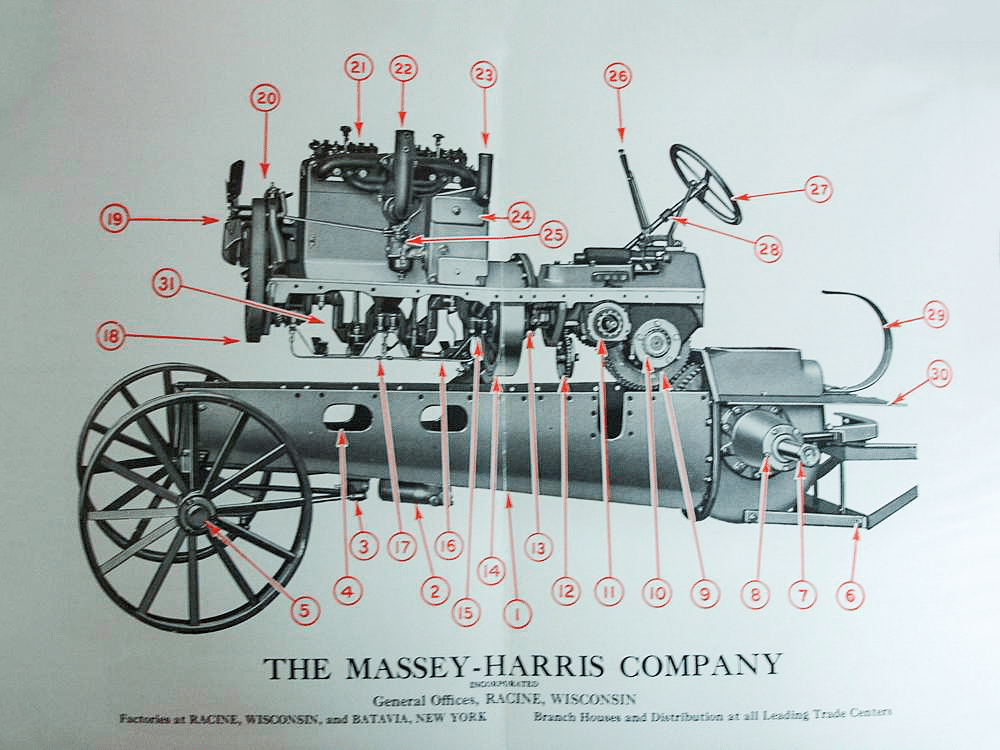
Massey-Harris was watching. At that point, they were just a harvesting equipment manufacturer; they didn’t really have a tractor line to sell. So, taking a page from Cyrus McCormick’s book, they bought Wallis so they’d have one. It proved to be a smart move, too.
The Pacemaker & Specialty Variants
The Pacemaker was actually an updated Wallis model. It was available as a as a standard, as well as two variants – an orchard and a vineyard model.
Specialty crop tractors like this usually feature similar characteristics. They sit lower than the standards, for one. Additionally, they usually feature swoopy rear fenders covering the wheel. The exhaust is also routed off to the side, or under the tractor. Everything is designed to protect the trees or the vines. The orchard models measured 48″ wide, and the vineyards were 40″ wide. These are definitely small, skinny tractors.
I knew that the variants were far less common, but I could never really find any documented production numbers. So, I made a phone call to my friend Tom up in Fargo. Tom and his granddad have one of the world’s largest Wallis & Massey-Harris collections (over 120 tractors), and I figured he’d know.
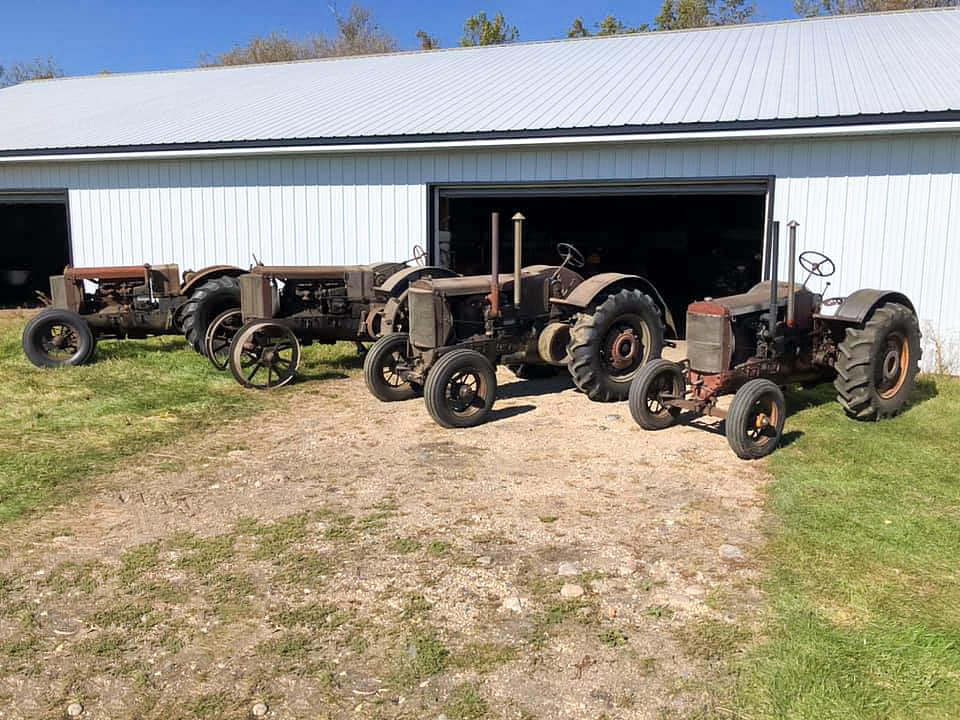
Oddly enough…he did. He knew quite a bit about these tractors, and he was more than willing to share.
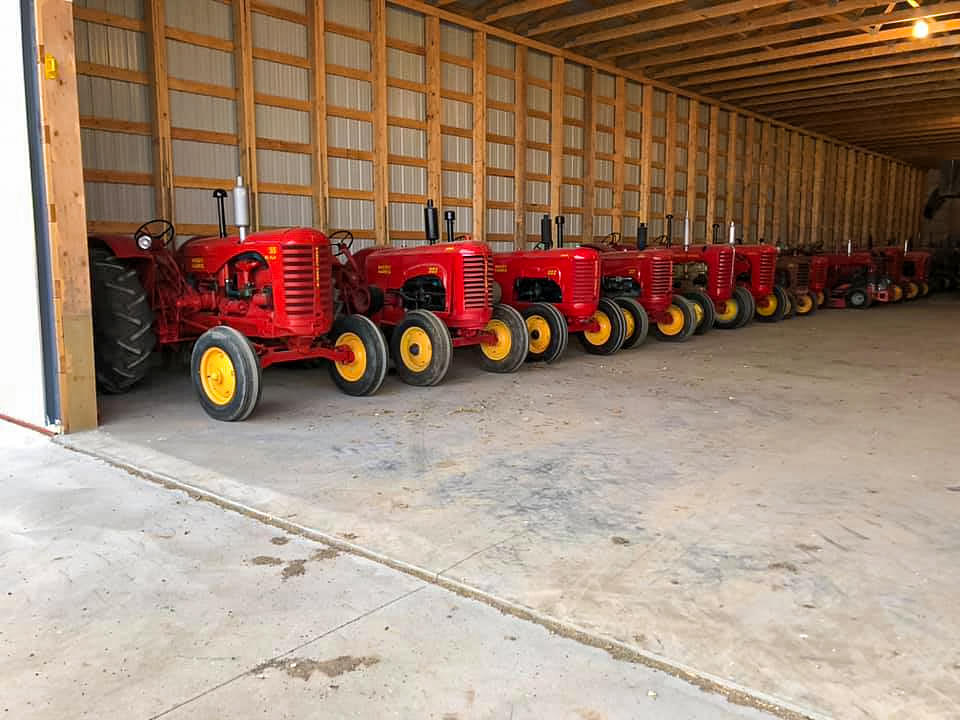
Apparently they made somewhere in the neighborhood of 170-180 orchard models (mainly gas-powered, but a few kerosene/distillate models too), but only 42 of the vineyard tractors. 42! Tom also told me that as of now, only 7 of the vineyard model are known to have survived!
So, adding the one in the picture at the top to the mix, that makes 8 left out there. Some have been restored, but others are still in use on farms across the planet.
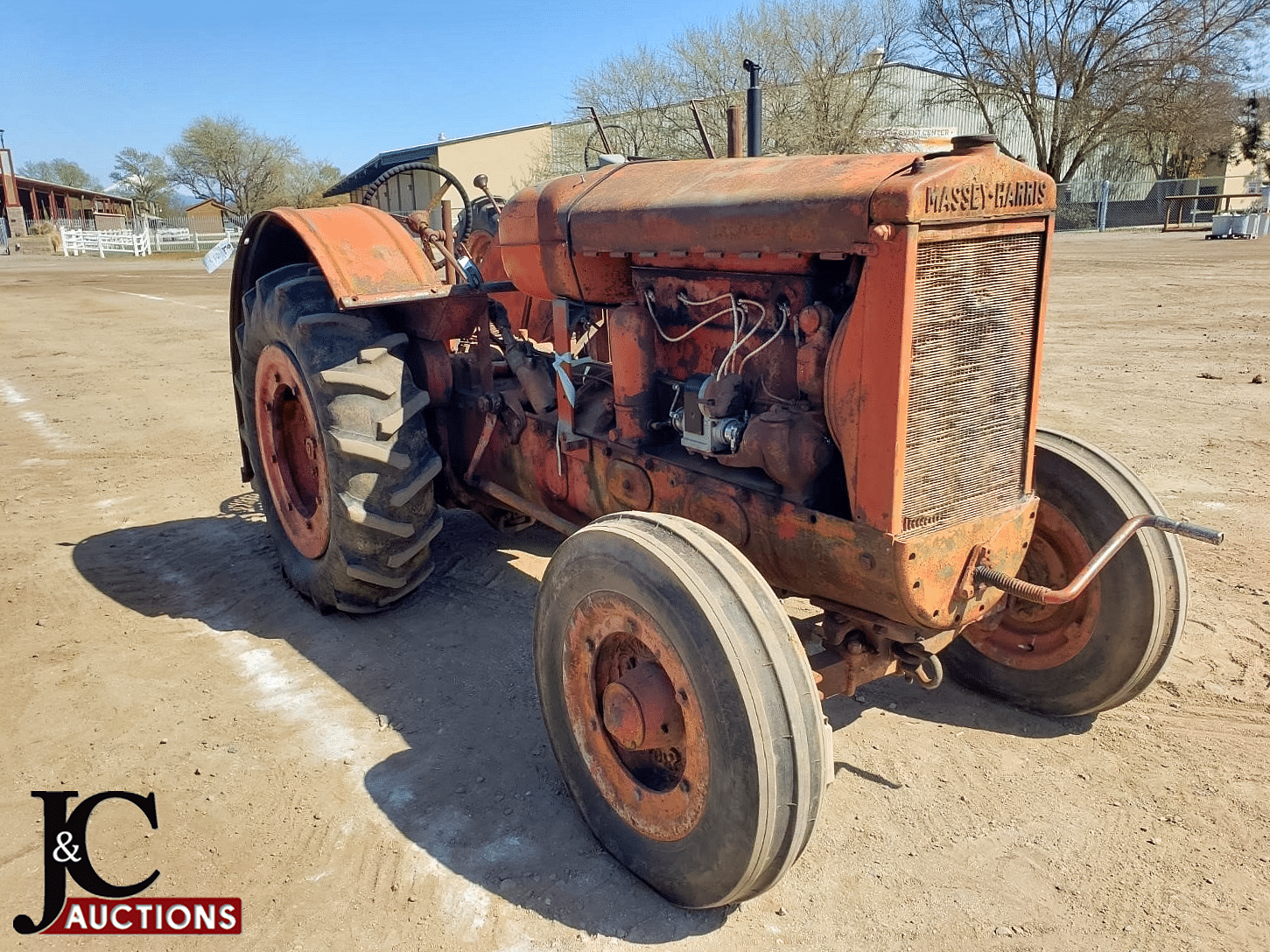
The Oregon Pacemaker
I called JB Dimick at J&C Auctions the other day to get the story on this rare tractor. JB told me that this is the second time he’s sold this tractor. One of his regulars, an antique tractor collector, bought it many years ago with the intentions of restoring it to its former glory. Sadly, that collector passed away before he had the opportunity to restore it. He did get it running at some point, but never made progress beyond that.
JB didn’t know the entire history of the tractor, but he’s fairly sure that it was originally sold at a local dealership, so it’s been in Southwest Oregon/Northern California all its life. It’s missing the side panels, swoopy fenders, and the cowling over the steering wheel. It’s not currently running, and the team at J&C hasn’t tried to turn the motor over as far as I’m aware.
There are a number of antique tractors on this auction, and they all belonged to that regular customer. When they came in, JB noticed that this one had a small cowbell attached to the front, and he asked about it. Denise, the wife of that deceased customer, said that the cowbell was what her husband always did when he got one running. I thought that was kind of a neat signature, and I really hope that it goes with the tractor when it sells. A lot of the collectors and restorers that I know appreciate those little connections to the prior owners. Maybe I’m overly sentimental, but I know that if I restored it, that cowbell would stay with the tractor forever.
What’s the tractor worth?
Honestly, I have no idea. Our TZ Pro database has hundreds of thousands of auction values, but no Pacemaker vineyard tractors. Bidding just opened last night, and it’s currently sitting at $3400.
Based on my conversation with Tom, my guess is that the only folks who will be bidding are dedicated Massey-Harris collectors – likely a fairly small group (and they probably all know each other, too). Whomever takes it home will definitely have a rare tractor, but to restore it properly, it’ll cost $10K or more.
Would they be able to turn a profit after restoration? Based on where the bidding sits right now, I’d imagine the answer is no. There’s only been one restored Pacemaker vineyard model that’s crossed the auction block recently (serial number 201031). It sold at a Mecum Gone Farmin’ auction in 2016 for $10K. Two years later, it sold again at another Mecum sale for just over $13K. The tractor on next week’s auction does have an earlier serial number, though, which could push the value a little. This tractor’s serial number is 201008, so it could easily be one of the first Pacemaker vineyards built!
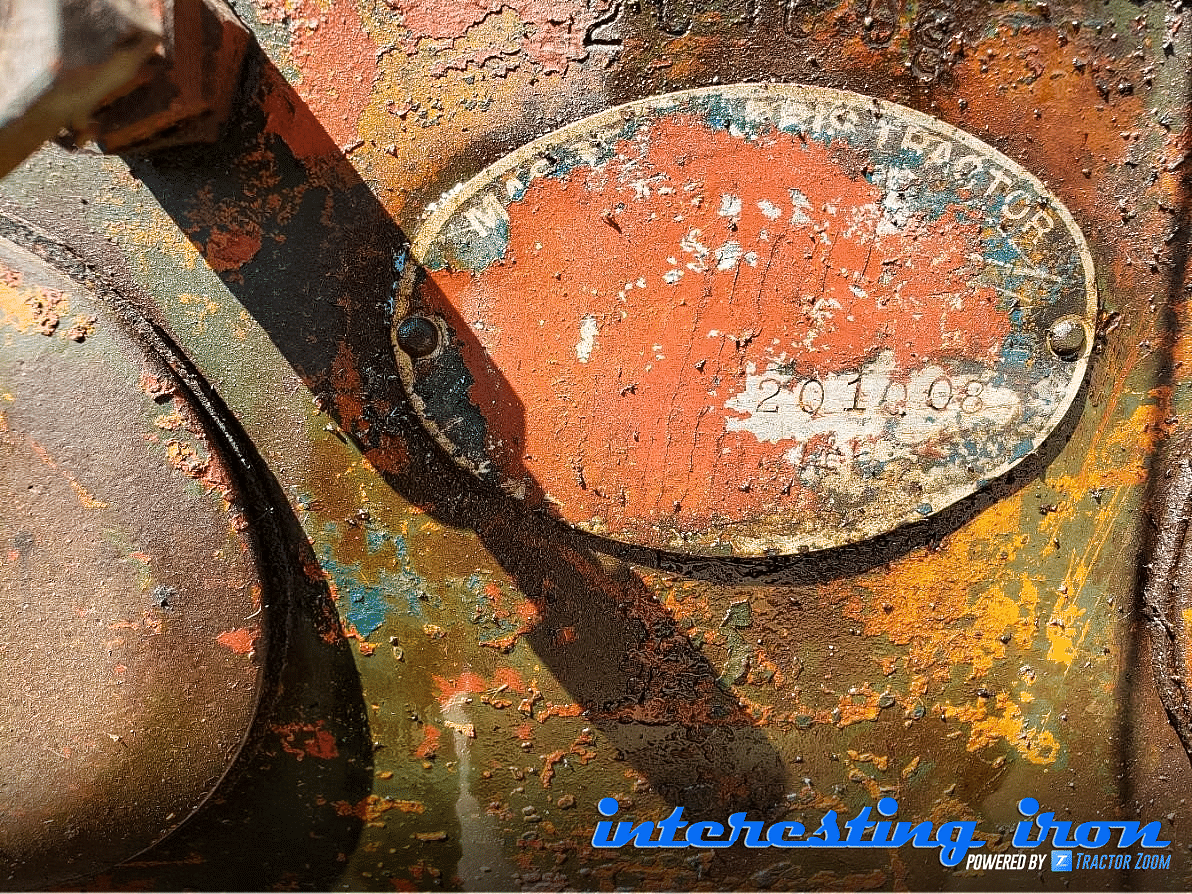
My guess, though, is that whomever wins this one won’t really care about resale. If they’ve gone far enough down the Massey-Harris rabbit hole to be looking for a Pacemaker vineyard, they’re completing a set or something. Once it’s been restored, it’ll stay in their collection for the foreseeable future.
See the auction details on this Oregon Massey-Harris Pacemaker.
This is definitely one of the rarest tractors we’ve seen on Tractor Zoom in a long time, and it’ll be fun to see where the bidding ends up. If you win the bid, reach out to me! I’d love to follow the progress of the tractor’s restoration!
One more thing…
While I was on the phone with Tom the other day, we got to talking about steam engines and really old gas engine tractors. He mentioned that he’d recently taken a spot on the organizer team for the Divide County Threshing Bee, a tractor show held in Crosby, ND (way up in the northwest corner of the state). The show focuses mainly on these big old steam engines and gas tractors, and if you’re out west, it sounds like a great time! This year’s date is July 16-18. I may try to get out there if I’m not booked for a tractor pull that weekend!
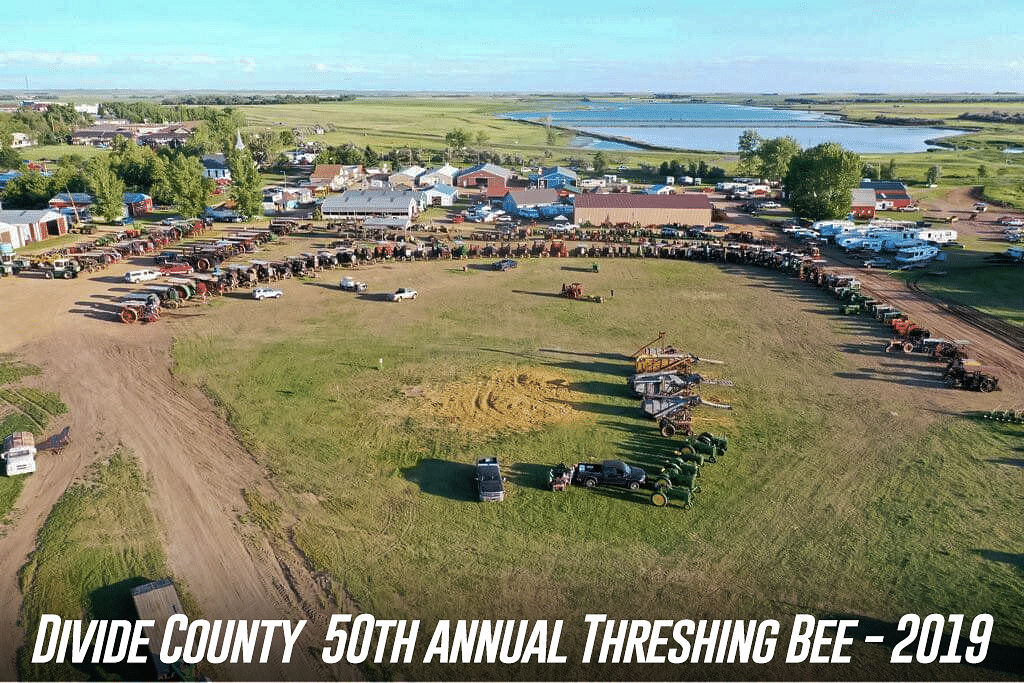
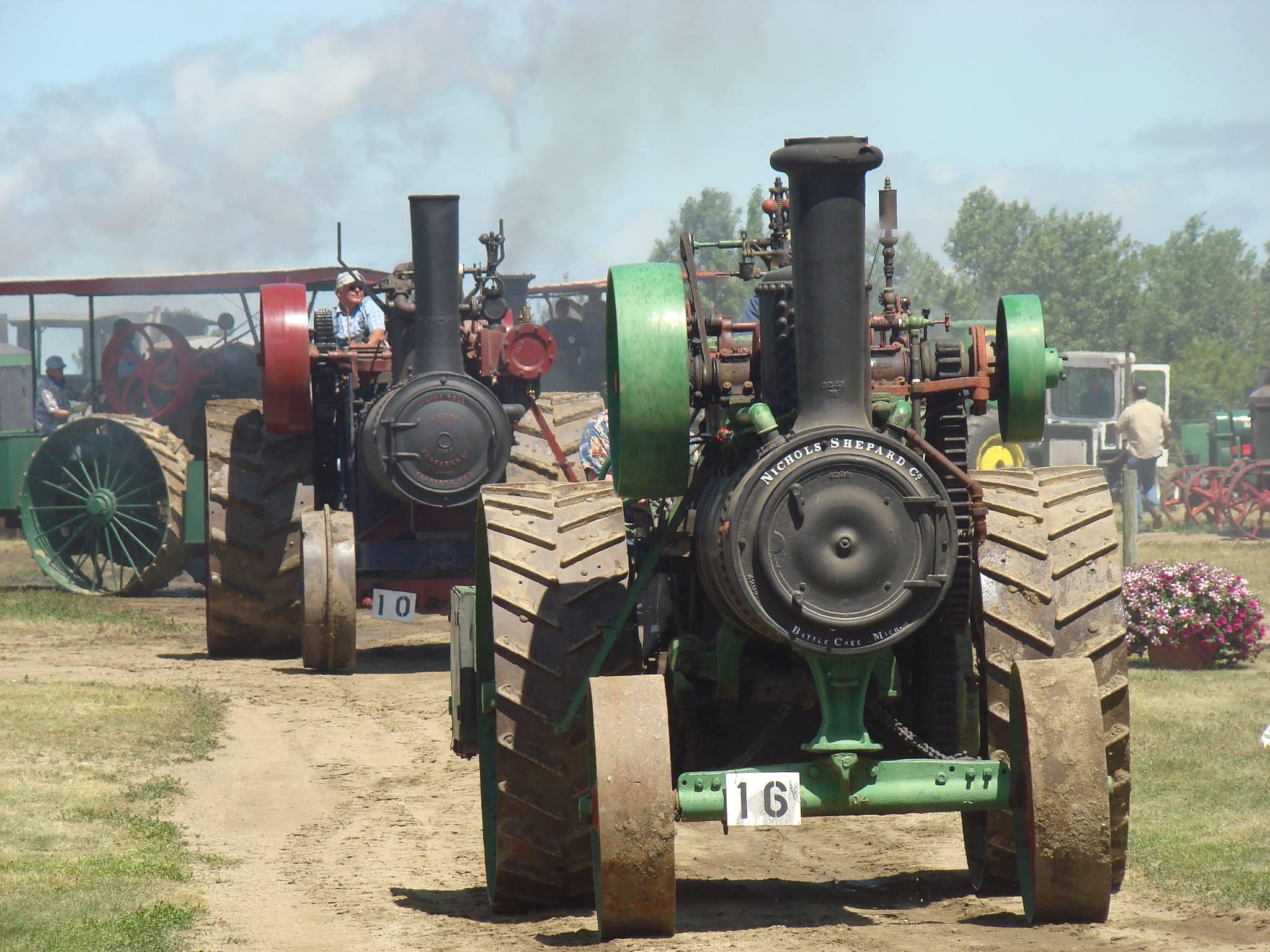
He was pretty excited that this year’s featured mark was Massey-Harris, so I’m sure he’ll drag a couple of semi loads of tractors up there for it!

